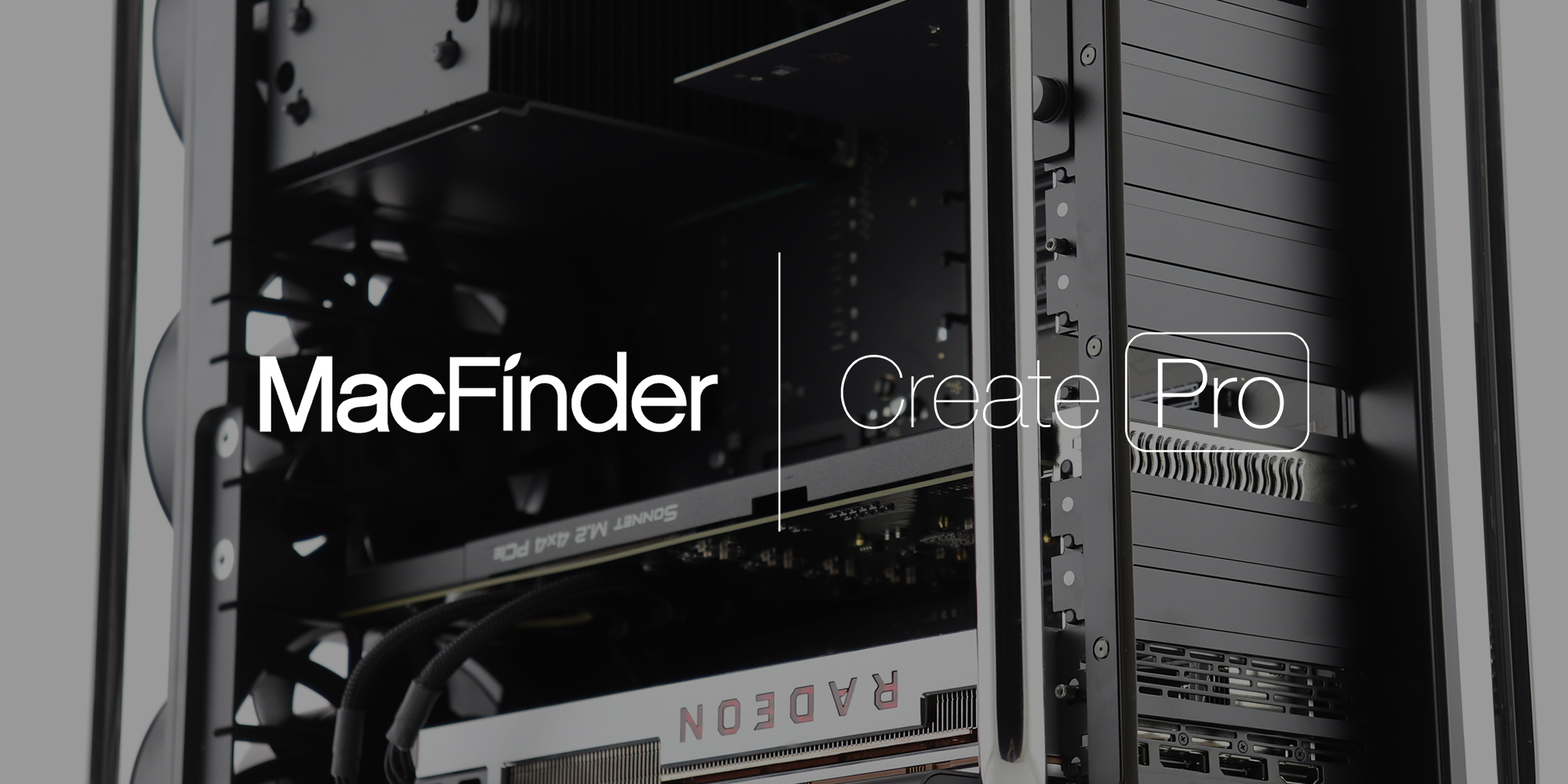We are all basing this knowledge on this single source:

 macfinder.co.uk
macfinder.co.uk
but they don’t even specify if they tested that before or after disabling secure boot.
To be extra sure, can an owner here test that? i.e. if the MacPro boots (from any other boot drive) when its apple ssd blade is removed AFTER secure boot was disabled.
Here how to switch to “No security”:
 support.apple.com
support.apple.com

Mac Pro 2019: Interchangeable Parts, T2 Security & Custom Configuration - MacFinder Blog
Our Mac Pro 2019 arrived today and after 15 short minutes of looking at how pretty it is, and it truly is, we set to taking it apart. Our aim was to find
but they don’t even specify if they tested that before or after disabling secure boot.
To be extra sure, can an owner here test that? i.e. if the MacPro boots (from any other boot drive) when its apple ssd blade is removed AFTER secure boot was disabled.
Here how to switch to “No security”:
About Startup Security Utility on a Mac with the Apple T2 Security Chip – Apple Support (UK)
Use Startup Security Utility to make sure your Mac always starts up from your designated startup disk and always from a legitimate, trusted operating system.

